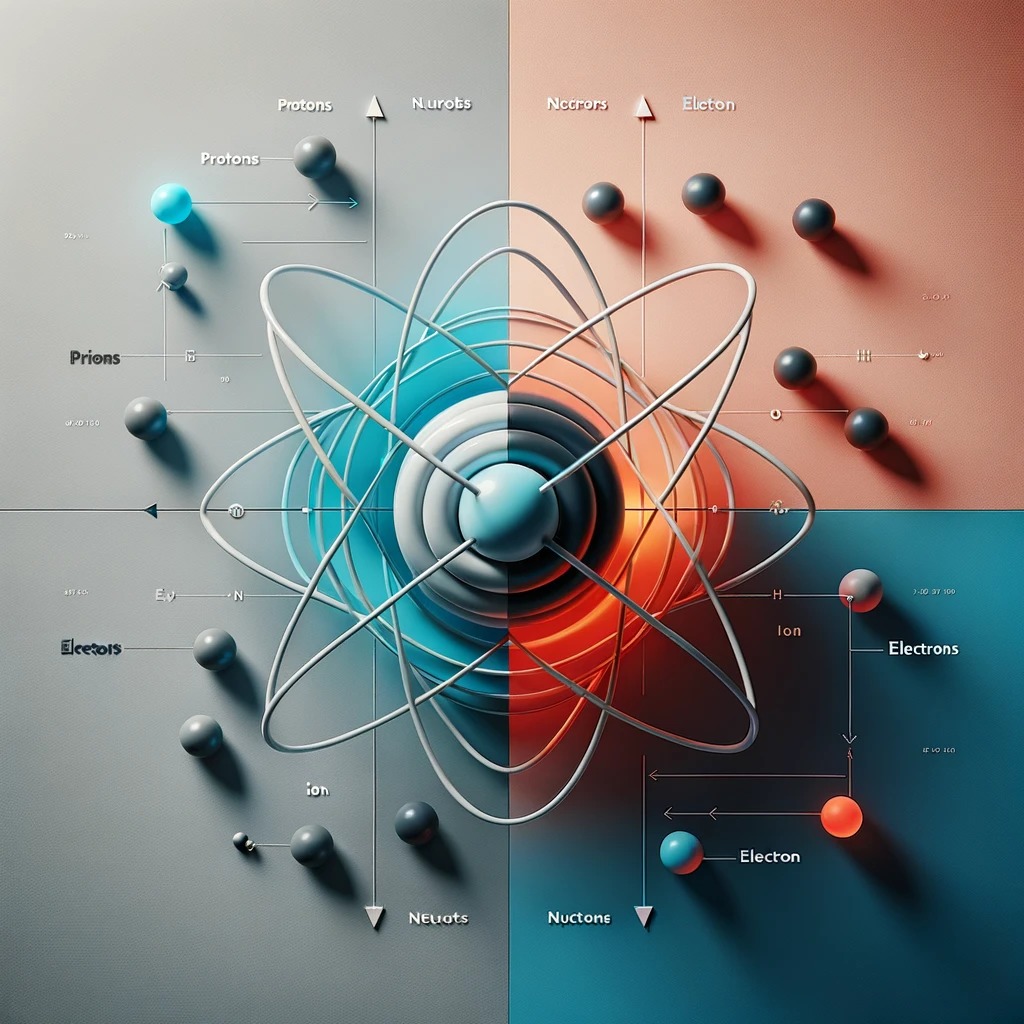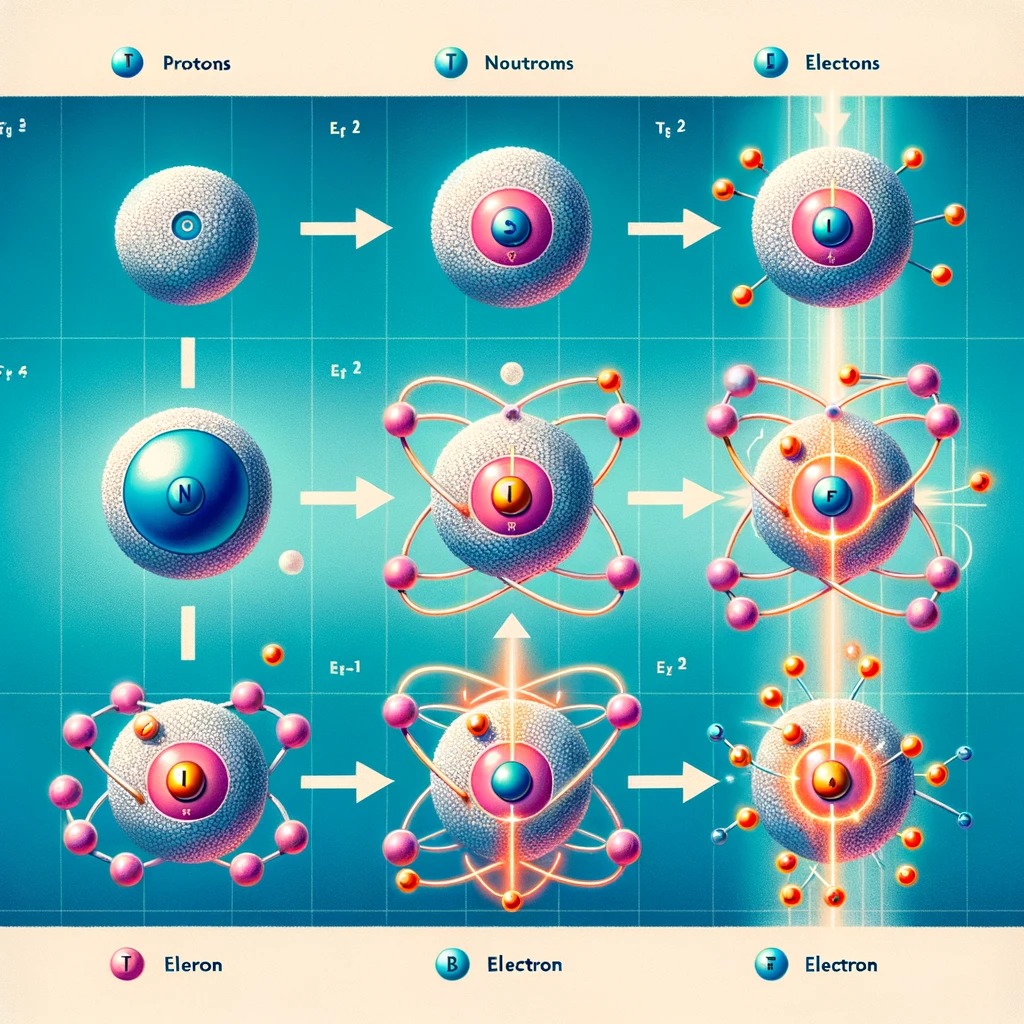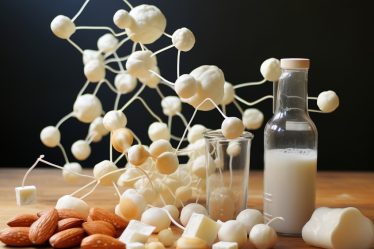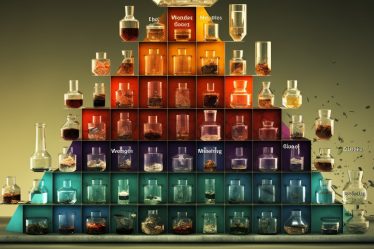
In the study of chemistry, distinguishing between an atom and an ion is essential. Atoms are the basic units of matter, stable and neutral, composed of protons, neutrons, and electrons. Ions, however, are atoms charged through the loss or gain of electrons. This fundamental difference is critical for understanding chemical reactions and properties. As we explore these building blocks of matter, you will learn how each behaves under various circumstances, providing a foundation for your further study and mastery of chemical principles.
Here’s a Glimpse of What You’ll Learn:
- Distinguish the core characteristics of atoms and ions.
- Grasp the impact of atomic structure on chemical properties and stability.
- Explore the ionization process creating positively charged cations and negatively charged anions.
- Compare how neutral atoms and charged ions react to form compounds.
- Uncover the roles of atoms and ions in materials science, biological functions, and environmental chemistry.
Are you interested in other subjects? Read top free study guides for Biology, English, French, and Music.
The Atom: An Overview
At the most fundamental level, an atom is the definitive unit of matter that composes every element of the periodic table. Understanding an atom’s structure gives you insight into its stability and reactivity, influencing how it will interact with other atoms.
Fundamental Aspects of Atoms
Every atom comprises a nucleus containing protons and neutrons, surrounded by a cloud of electrons. The number of protons determines the atomic number, defining the element itself. Neutrons contribute to the mass but not the charge, while electrons dictate an atom’s chemical behavior in their respective energy levels.
Atomic Structure and Stability
An atom’s stability is often determined by its electron configuration, particularly the electrons in the outermost shell, known as valence electrons. These are the electrons involved in chemical bonding. Pursuing a full valence shell drives atoms to gain, lose, or share electrons, forming molecules and compounds. Read more on electrochemistry.
Atomic Number, Mass Number, and Isotopes
An element’s atomic number represents the number of protons in its nucleus and is unique to each element. On the other hand, the mass number is the sum of protons and neutrons. Atoms of the same element can have different numbers of neutrons, resulting in isotopes. Isotopes of an element share chemical properties but have different physical properties, such as stability and half-life.
Electron Shells and Valence Electrons
Electrons orbit the nucleus in specific layers called shells. Each shell can hold a maximum number of electrons and fills from the innermost to the outermost. The outermost shell, or the valence shell, is crucial for chemical reactions. Atoms with a complete valence shell are typically inert, while those with incomplete shells are more chemically active and likely to form bonds. Read more about the covalent bond.
The Ion: Charged Particles in Action
While an atom provides a foundation, an ion introduces dynamism into the chemistry equation. Ions form when atoms gain or lose electrons, adopting a net positive or negative charge. This transformation imparts unique properties to ions, making them integral to many chemical processes. Read how to balance chemical equations.
Ion Formation: The Gain or Loss of Electrons
The process of ion formation, or ionization, occurs when an atom either donates or accepts electrons. This exchange alters the atom’s electrical neutrality. When an atom loses one or more electrons, it becomes a positively charged ion or a cation. Conversely, an atom that gains electrons transforms into a negatively charged ion or an anion. This gain or loss can happen through chemical reactions, changes in environmental conditions, or the influence of electromagnetic fields.
Types of Ions: Cations and Anions
Cations and anions differ not only in charge but also in their behavior and interactions. Cations, being positively charged, are typically metals and are eager to bond with anions. Anions, with their negative charge, are often non-metals and seek to complete their electron shells by bonding with cations. This attraction forms the basis of ionic bonds, a type of chemical bond that’s essential for the structure of many compounds.
Common Examples of Ions
- Na+: A sodium atom that has lost an electron
- Cl-: A chlorine atom that has gained an electron
- Ca2+: A calcium atom that has lost two electrons
- SO42-: A sulfate ion, where the sulfur atom and four oxygen atoms form a molecule that has gained two electrons
These examples highlight how ions are not isolated phenomena but participate in forming more complex structures. Their presence in everything from the salts in our seas to the transmission of signals in our neurons underscores the ion’s pivotal role in both inorganic and organic realms.
Comparing Atoms and Ions: A Detailed Examination
With a clear understanding of atoms and ions, it’s crucial to compare them to appreciate their distinct roles in chemistry fully. The fundamental difference lies in their electrical charge, which affects their behavior and interactions with other particles.
Electrical Charge: The Defining Difference Between Atoms and Ions
Atoms are typically neutral, with the number of protons equaling the number of electrons. Ions, however, carry a charge due to an imbalance between protons and electrons. This charge can profoundly affect an ion’s properties and is the key to its reactivity and the formation of ionic compounds.
Behavior of Atoms and Ions in Chemical Reactions
Atoms react to achieve a full valence electron shell, often resulting in the formation of ions. These ions then engage in ionic or covalent bonding to form new substances. The predictable behavior of ions in chemical reactions is pivotal for synthesizing compounds and understanding reaction mechanisms.
Stability and Reactivity
While neutral atoms can be stable independently, ions seek stability through interactions. Cations will typically seek out anions to balance their charges, leading to the formation of neutral compounds. This drive for stability through reactivity is a cornerstone of chemical transformations.
Visualizing Atoms and Ions: From Theory to Reality
| Property | Atom | Ion |
|---|---|---|
| Charge | Neutral | Positive or Negative |
| Formation | By itself | Through gain or loss of electrons |
| Examples | He, Ne, Ar (noble gases) | Na+, Cl-, Ca2+ |
| Reactivity | Varies (noble gases are inert) | Highly reactive |
This comparison underscores the distinctive nature of atoms and ions, equipping you with the knowledge to predict and explain their behavior in various chemical contexts.
The basics of Polymers and PET plastic.
Practical Implications of Atoms and Ions in Everyday Life
Atoms and ions are not just theoretical concepts; they have real-world implications that affect various fields and everyday life. From the materials we use to the biological processes that sustain life, understanding these particles’ roles can enhance our grasp of the world around us.
Atoms and Materials Science
In materials science, the arrangement of atoms within a solid determines its properties. For instance, the carbon atoms in a diamond form a rigid lattice, making it incredibly hard. Similarly, the arrangement of silicon and oxygen atoms in quartz affects its piezoelectric properties, which are essential for watches and electronic devices.
Ions and Their Role in Technology and Biology
Ions play a crucial role in technology and biology. In technology, ions are integral to the function of batteries, where they move between electrodes to produce electricity. In biology, ions like Na+ and K+ are vital for nerve impulse transmission and muscle contraction, illustrating their indispensable role in life processes.
Study Tips: Mastering the Concepts of Atoms and Ions
- Visualize the process: Use diagrams to understand the electron transfer during ion formation.
- Practice with examples: Work through problems involving the formation of ions from neutral atoms.
- Relate to real-life: Connect the concepts of atoms and ions to everyday objects and phenomena.
Applying Your Knowledge: Atoms and Ions in Real-World Scenarios
Understanding atoms and ions isn’t just for acing your chemistry classes; it’s about seeing the world through the lens of a chemist. Let’s apply what we’ve learned to common scenarios, making the abstract concrete.
Atoms in the Elements Around Us
Consider the oxygen in the air we breathe and the carbon in our DNA; they are part of a complex interplay of atoms. Recognizing these elements’ atomic composition helps us appreciate life’s delicate balance.
Chemistry Tutoring: Bridging Concepts and Practice
Consider chemistry tutoring or private lessons if you want to deepen your understanding. A tutor can provide personalized examples and exercises to help bridge the gap between theoretical knowledge and practical understanding.
Are you looking for a chemistry tutor? Enter “chemistry tutor Glasgow” or “chemistry teacher Sheffield” on your preferred tutoring platform, such as meet’n’learn, to find a teacher who can meet your specific needs.
If you thrive in group learning environments, search “chemistry classes London” or “chemistry lessons Manchester” online to discover local schools offering chemistry lessons.
Preparing for Exams: Atoms and Ions
- Anticipate exam questions by practicing with atom and ion conversion exercises.
- Understand the periodic table’s arrangement and how it relates to the properties of atoms and ions.
- Use flashcards to memorize common ions and their charges for quick recall.
By actively applying the knowledge of atoms and ions to various scenarios, you enhance your learning and are better prepared for academic assessments and real-world applications.
How to calculate Molar Mass, Mass Fraction, and Viscosity?
Atoms and Ions: Embrace the Differences
As we wrap up our exploration of atoms and ions, it’s clear that these entities are more than just minute particles; they are the foundation of the physical world. Your newfound understanding equips you with the knowledge to excel in chemistry lessons and offers a new perspective on the material world.
Reflecting on the Journey of Understanding
From distinguishing atoms’ neutral stability to ions’ reactive nature, you’ve navigated the core concepts pivotal to studying chemistry. This journey through atomic and ionic landscapes is just the beginning of a deeper dive into the science of matter.
The study of chemistry is an ongoing process. Each concept builds on the previous, and understanding the difference between atoms and ions is a stepping stone to more complex topics. Whether through further self-study, formal education, or private tutoring, pursuing chemical knowledge is a rewarding and never-ending path.
Next Steps: Advancing Your Chemistry Knowledge
- Continue exploring more complex topics like hydroxides and halogenides.
- Engage in chemistry classes or private tutoring lessons to deepen your practical understanding.
Read more topics and expand your chemistry horizons! Our World of Chemistry offers a plethora of free educational blogs.
FAQ: Atoms and Ions Clarified
1. What is the simplest way to differentiate between an atom and an ion?
An atom is the smallest unit of an element that retains its identity in a chemical reaction and is electrically neutral. An ion, on the other hand, is an atom that has gained or lost one or more electrons, resulting in a net positive or negative electrical charge.
2. Can an atom become an ion, and if so, how?
Yes, an atom becomes an ion through the process of ionization. This occurs when an atom either loses electrons to form a positively charged ion (cation) or gains electrons to form a negatively charged ion (anion). This can happen during chemical reactions or when exposed to certain forms of energy.
3. Are ions always formed from single atoms?
Not always. While ions often form from single atoms, they can also consist of a group of atoms bonded together, known as a polyatomic ion. These groups maintain a net charge, functioning as a single charged entity. Read more about the hydrogen bond.
4. Why are ions important in chemical reactions?
Ions are essential in chemical reactions because they are often more reactive than neutral atoms. Their electrical charge can drive them to interact with other ions or polar molecules, forming new compounds. These interactions are the basis of many everyday products and biological functions.
References:
1. Science Notes
2. Socratic
3. Wikipedia



